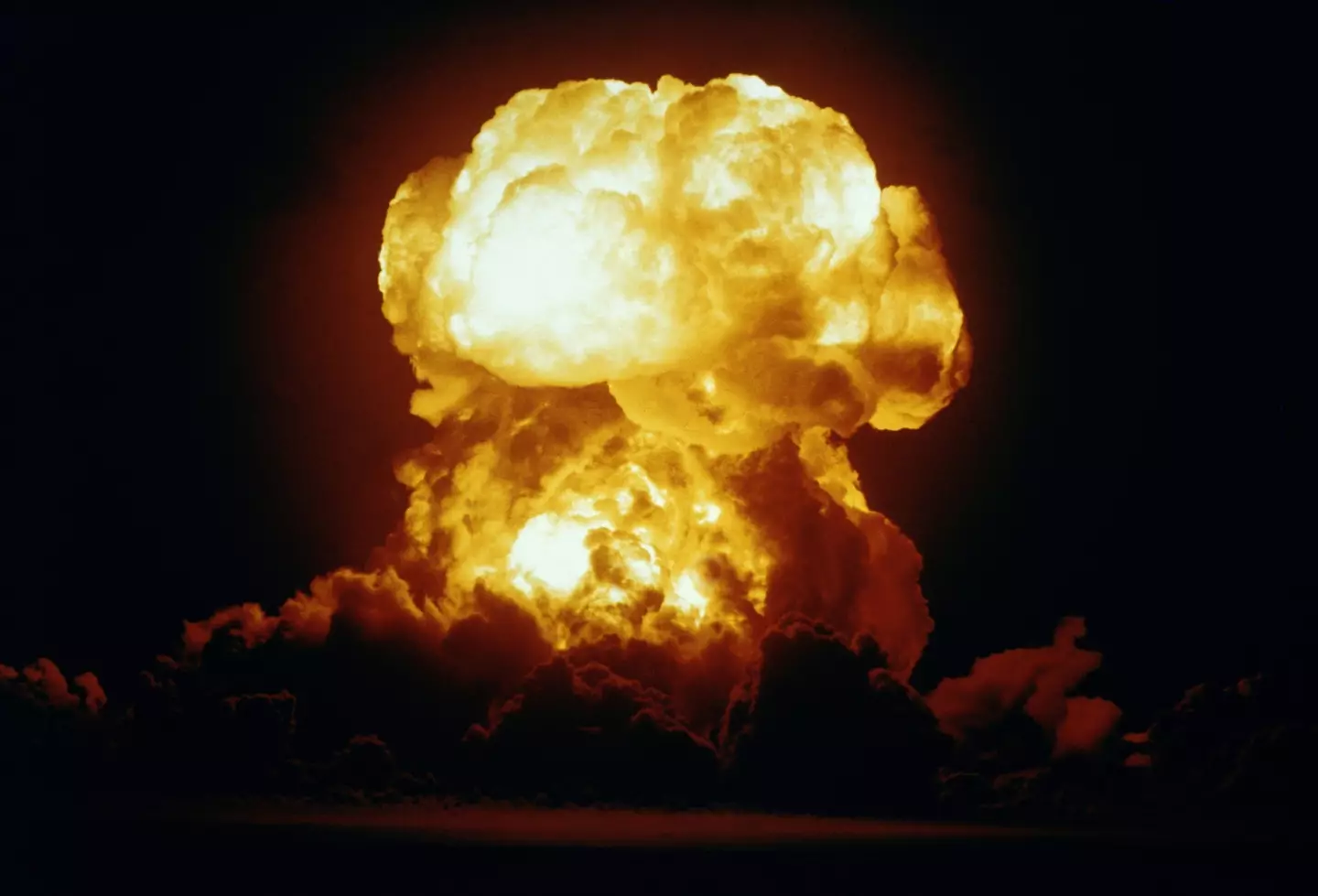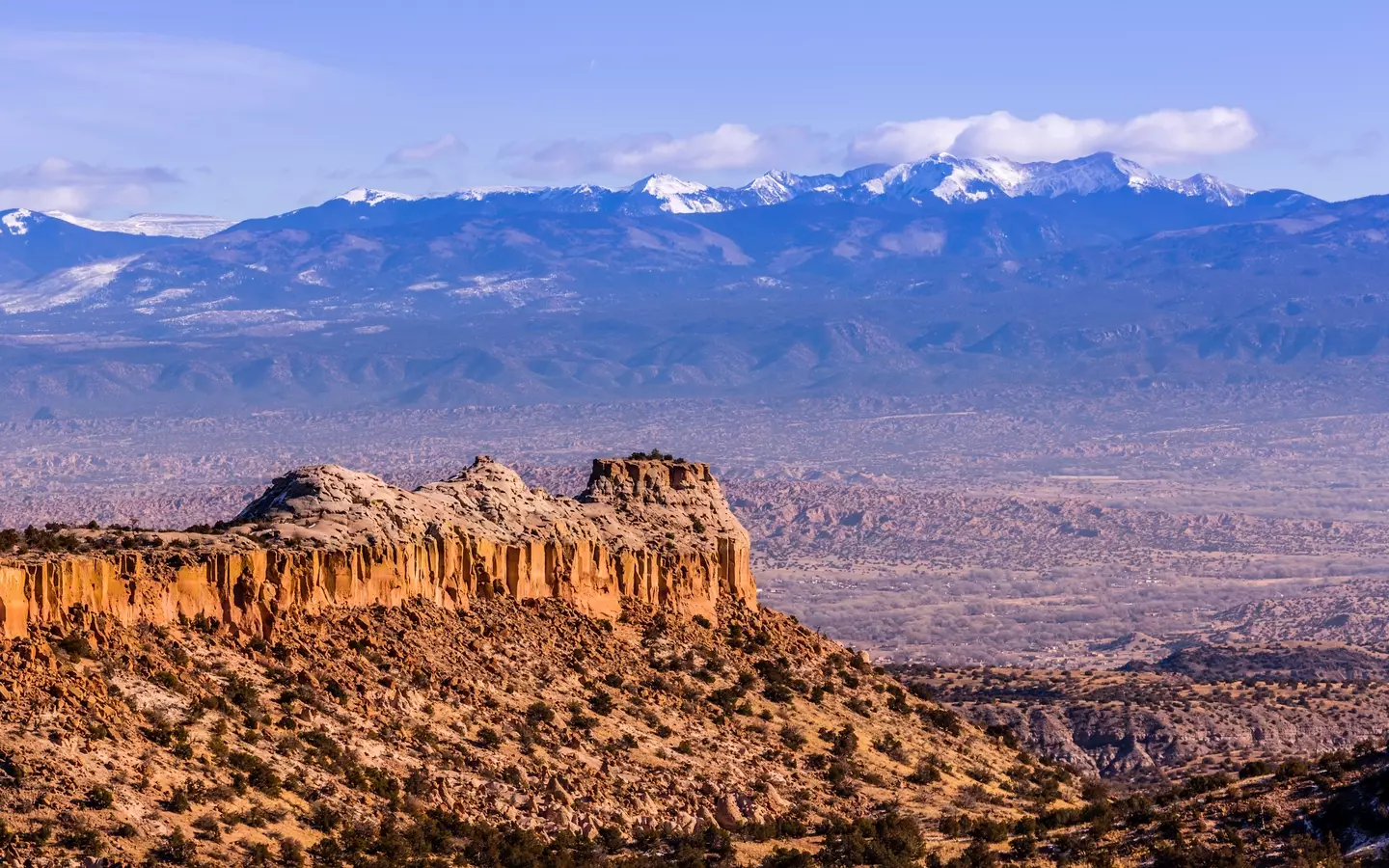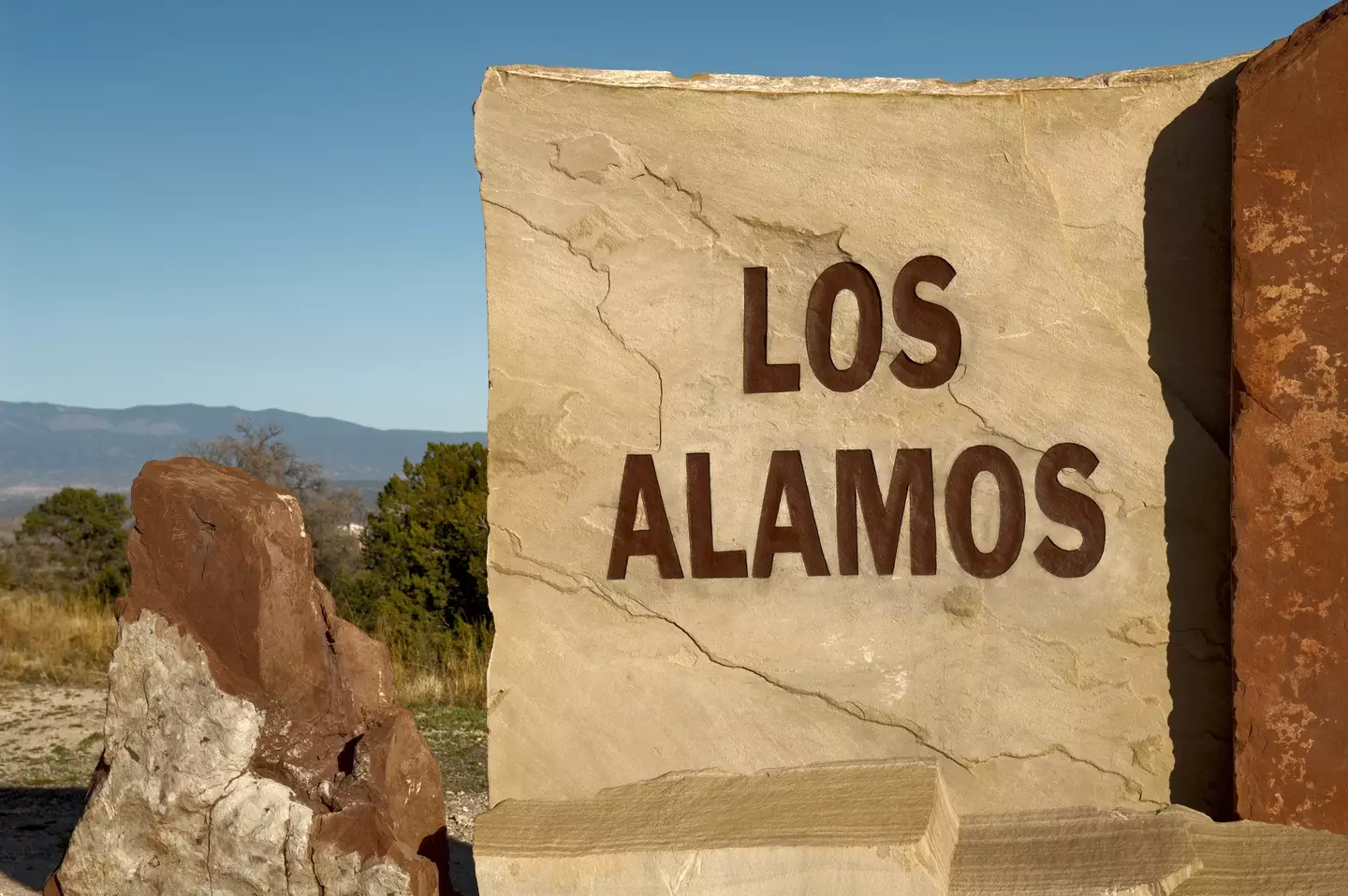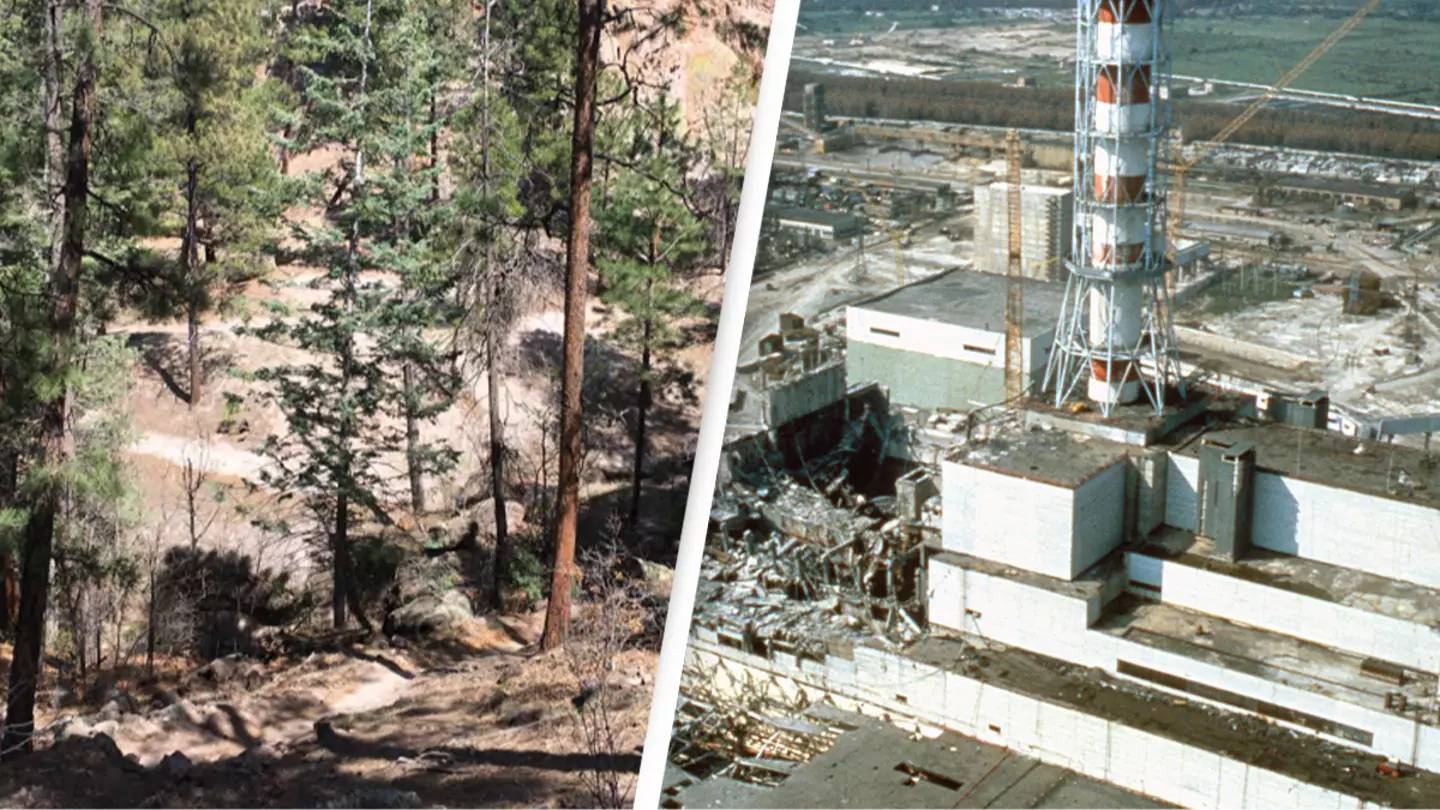Believe it or not, there’s a park in the United States where residents have ‘unrestricted’ access, and certain areas are reportedly as radioactive as the infamous Chernobyl.
While Area 51 is highly guarded, with ‘use of deadly force authorized,’ there exists another place in the US that poses a danger to life in a very different manner.
The connection? There is none.
Indeed, there’s no relation. It’s just striking how a site as radioactive as Ukraine’s Chernobyl has no restrictions preventing people from entering and potentially getting harmed, while a desert area remains off-limits for photography.

Anyway, let’s delve deeper.
If you’re from the US, you might be familiar with Acid Canyon in New Mexico. This hiking trail is located near Los Alamos, the birthplace of the atomic bomb.
It has been alleged that for over two decades, the US Government disposed of radioactive waste in Acid Canyon.
The US Department of Energy stated: “From 1943 to 1964, nuclear weapons research activities at Los Alamos National Laboratory (LANL) produced liquid effluent wastes from general laboratory, chemistry, and radiochemistry operations.
“By 1951, a treatment plant was constructed on the south rim of Acid Canyon to remove plutonium and other radionuclides from the waste streams originating from the original main laboratory technical area (TA-1).

“The treated and untreated wastes were discharged from the main acid sewer line, which terminated at the head of the south fork of Acid Canyon.”
They continued: “In 1953, a new plutonium research laboratory complex began piping additional radioactive liquid wastes to the treatment plant.
“If treatment was not necessary to meet release criteria in effect at the time, the raw waste was discharged directly to Acid Canyon.
“In 1958, liquid wastes from a new radiochemistry facility were added to the treatment plant’s load. Wastes were finally redirected to a new central waste treatment plant in 1963, and the last releases to Acid Canyon occurred in June 1964.”
This reflects 21 years of toxic waste being dumped on the land, causing significant damage.

In July, data was gathered by biochemist Michael Ketterer, a professor at Northern Arizona University.
Speaking publicly about his findings, he told the Guardian: “I’ve never seen anything quite like it in the United States. This is an unrestricted area.
“It’s just an extreme example of very high concentrations of plutonium in soils and sediments.”
Ketterer explained that the radioactive plutonium has seeped into the groundwater, which will be absorbed by plants and subsequently eaten by grazing animals, or even spread through the air as wildfires become more common due to climate change.
He added: “This is one of the most shocking things I’ve ever stumbled across in my life.”

